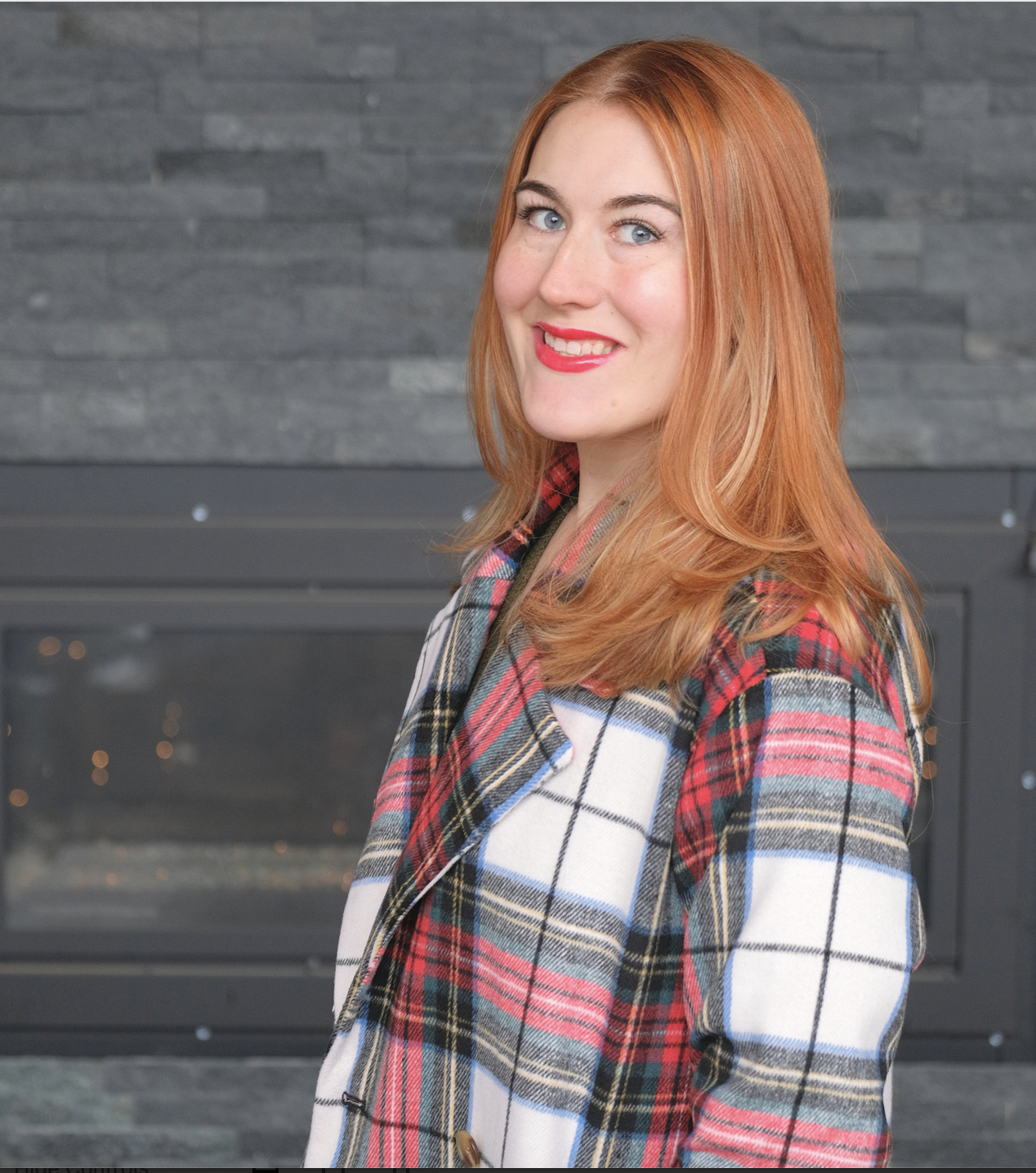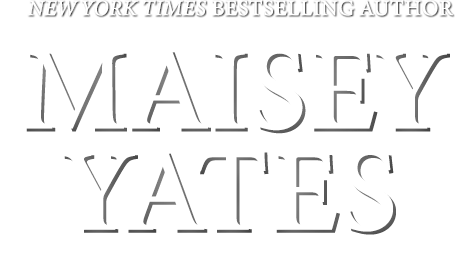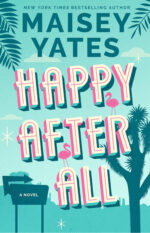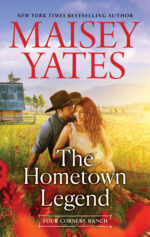The Sordid Underbelly of it All…or…My Process….Again
I’m going to attempt an organized, well thought out post on my process which will be interesting as…I don’t consider my process very orderly or well thought out. But I’ve been told I have much more of a consistent process than I give myself credit for, so I’ll attempt to lay it out for you.
I’m ‘in between’ manuscripts right now. Which means I’m at the ground floor of my process. Right here, where it all starts. *gazes out at the vast open space of blank pages*
Here, the possibilities are endless. It’s a nice place to be. 
At the moment I actually have several…maybe four or five, outlines written. Some of them have been written for months, others are newer. When I have an idea that won’t leave me alone, that’s what I do. I write a very vague couple of pages about it and save it for later. So right now I’ve pulled all those up and I’m considering them. I may go with something from the file…or something new!
I know I mentioned outlines but I don’t consider myself a plotter. I start with a concept, the basic set-up: Princess Isabella is promised to a sheikh she doesn’t love or even know. She wants to grasp a few months of freedom so she runs away from home. She’s intercepted by her fiance’s brother, who escorts her back to his country. On the way they find themselves drawn to each other, even though they know acting on their feelings would be forbidden.
So there, that’s my set-up. After that, what I would do is figure out my character’s internal conflict, and a vague arch they need to hit.
Isabella needs to be loved for who she is, and she needs to find her strength. Adham needs to let go of fear and learn to love.
As for actual scenes and events, that’s where my pantsing comes in. I don’t plan what will happen, I just sort of…go for it. However, as I go, I start to have certain scenes that form in my head that I end up writing toward.
Also, as I write those simple conflicts I have for my characters tend to deepen and shift a bit. This happened on my most recent MS, Crash Test Spaniard. I knew the heroine had a traumatic past, and I knew what it had done to her. But when I got to chapter three, the even that changed her life…changed. This is where it’s easy to invoke Writer Speak and say ‘she was keeping secrets from me…but then I dragged it out of the wench!’ In reality, I imagine the truth of it is I realized that this New Revelation actually supported the story better and provided me with more material.
It’s really common for my beginnings to go slow. I’m finding the tone, finding my characters’ voices, etc. Those first three chapters are where I change and reevaluate a lot.
I don’t write drafts. Not on purpose anyway. I have rewritten books, but only after editorial feedback. This is the part of my process that’s hard to explain, because it boils down to feelings. And I’m not always big on trusting every feeling I have. Because sometimes I’m being over critical and I just need to write through it. But sometimes I’m stalled out. It’s not just ‘not feeling it’, it’s not being able to go forward. Or it’s hitting a scene I know I haven’t laid the groundwork for.
So that’s when I’ll go back and write the missing scene, or delete the plot point that killed it all. I need to do that before I move on. Because I AM a pantser, every scene reveals more to me and is essential to how I move forward. If I’ve done the wrong thing, and I build off of that, we’ll have a Leaning Tower of Pisa situation in the end.
Middles and ends tend to be the fast part for me. (this is when I typically end up roaming around in my PJs all day muttering to myself) I usually end at about 46-47K and bring it up to 48-50K in the pass through I make before sending it off to my editor. Then at revisions it usually ends up going 50-53K.
So that’s a rough idea of how I get from beginning to end.
Process is very specific and it’s my opinion that if yours works, it’s not wrong!
I’m going to give you a couple of tips that I use to get unstuck/a few things that I hear commonly in revisions letters that you might watch for!
1. If you don’t know what to write next…just start writing words. It sounds silly, but that’s what I do. I usually start with dialogue, a conversation, and work my way into a scene. Then it all starts to come together and stuck becomes progress!
2. One character tends to steal the book. It’s very common for me to be told I’ve left one character underserved. I get this bright, sparkly clear character and they run off with the whole show, and even though *I* know what the other character’s deal is, I very often haven’t shown it to the degree I’ve shown the other character’s conflict.
3. I hint, but don’t give payoff. Again, something I did recently. I passed up the opportunity to reinforce references I’d made with an on screen representation of it. It was a mistake. Now that I’ve done the revisions for that book, in my mind and heart it’s defined by that scene. So make sure you give the payoffs you’ve promised!
So that’s my process! If you have any questions, feel free to ask in the comments…or share a bit about your process!
Comments
14 Responses | TrackBack URL | Comments Feed








Loved this! I’m a pantser but i am working on adding a bit more purpose to my winging it.
Thanks for such a thorough, detailed post on your process! …So where does the synopsis come in? Do you write it after your manuscript is complete?
Fab post! Thanks, Maisey. When you say you “don’t write drafts”, does that mean that when you type The End it’s basically ready to sub? That would be a fantastic way to write. Can you feel the burn of my envy?
Annabeth, this has been a nice compromise for me. I’m not writing blind anymore, but I still have the freedom to experience the panster magic I’m so fond of.
Victoria, I hate writing synopses. I do them before to give my editor a vague idea of where I’m going but neither of us put much importance on them. I don’t even feel like Original Editor who bought me from slush ever put much stock in them. Actually, after the book she bought initially I don’t think I ever wrote another one for her. But my new editor likes them, and I’ve found the system works well for us.
I don’t even feel like Original Editor who bought me from slush ever put much stock in them. Actually, after the book she bought initially I don’t think I ever wrote another one for her. But my new editor likes them, and I’ve found the system works well for us.
Lacey, I always go back through it one more time, but yes, that’s essentially the way it works for me. My process is always slightly different with each book because…some are harder than others. But basically, once I’ve gotten to the end, I’m done. *backs away slowly*
Thanks for another awesome post, Maisey…It is always so fascinating to hear of someone’s process….I find one character, usually the hero, has a longer/harder arc than the other…
The problem I constantly face is that motivations/conflicts fall into place for me halfway through even though I have paid attention to them from the beginning…I think I just need to embrace the fact that that’s how it works for me now….
Thanks for sharing, Maisey! Fast Drafting AND little editing = awesomeness. and have found a GMC grid (from Debra Dixon’s book) for both characters is soooo focusing. I try to come up with 6 ever deeper reasons for both internal and external motivations. I’ve also added boxes for 2 main plot points and black moment for each. It doesn’t take long and means I know where I’m going (*fingers crossed behind back*) with the essentials but doesn’t kill excitement of writing. Then I write a short synopsis off it. Scenes usually crop up as I go.
and have found a GMC grid (from Debra Dixon’s book) for both characters is soooo focusing. I try to come up with 6 ever deeper reasons for both internal and external motivations. I’ve also added boxes for 2 main plot points and black moment for each. It doesn’t take long and means I know where I’m going (*fingers crossed behind back*) with the essentials but doesn’t kill excitement of writing. Then I write a short synopsis off it. Scenes usually crop up as I go.
I’m trying on processes for size right now
One thing – would you mind explaining Point 3 a bit more? Am struggling with the drip-feed thing at the mo, and would be so useful. Perhaps a whole ‘nother blog?!
Ta ever so
Hi Maisey
Your process sounds awesome.
I do have a question. You said (point 2) that sometimes one character steals a book. I was wondering how you ‘fix’ the show stealing scenario.
Thanks
Nina x
Sri, I can definitely relate to that. Some characters are harder to crack then others, and, particularly at first, I’ve gone through whole books, called them done, sent them to my editor only to discover I’d barely scratched the surface of the conflict! But I think all you can do is work with your process and not against it, and you’re very smart to realize that what works for you is right, because it works!
Kathryn, you sound SO organized!! Amazing. Point three is, for me, the drip feeding without ever fully demonstrating. For example, I once wrote a hero who had post traumatic stress and suffered flashbacks. If I had told the reader the hero had flashbacks, or just had him think of them and the effect PTSD had had on his life without ever showing the effects, I would have been missing a great opportunity. It was necessary to show those issues on the page so that the reader could really see how those problems play out in his life.
As for drip feeding back story, sometimes I DO put too much in front just because I’m trying to explain it all to myself still. In that instance, just going back and deleting some of that, checking for the info dump is good. And when you do the revelation, best to make it as impacting as possible. Example: in the above mentioned book, from the start you know that something terrible has happened to the hero. That he was involved in an attack that killed his family and left him horrible scarred. We know he’s angry and wants to be alone based on the interaction with the heroine. We don’t know the extent of what his trauma has done to him. It isn’t until a few chapters in, and that’s when the flashback occurs which starts connecting the dots to what has been laid out. And (hopefully!) done in a way that’s tangible and emotional for the reader, rather than just as paragraphs of explanation.
There! I almost DID write another blog post!
Nina, thank you! My process really isn’t the same every time, but that’s the rough average of it.
For me, the change usually comes at revision stage and honestly, especially the last two times, I’m not shocked to hear it. Deep down, I KNEW which character I knew best. Who was coming through strong and clear, and who was getting shoved aside (I have had some VERY strong heroines lately, LOL!)
But the way I got about fixing it is to write it, and then go back through and focus on the character who is not coming in as strong. Very often I know his story completely, but I haven’t really told it. So it’s a matter of weaving it in. In the instance of the last MS I did, I only added one full new scene and everything else was reaction and clearer thoughts during the conversation.
Does that make sense?
Ooo great, thanks so much Maisey.
Told my daughters this fabby author had said I was organised. They fell on the floor laughing…
Shiny new method of working is down to wonderful Shirley Jump’s class during NV last year. She’s tough love, but, boy, results!
hehe! Fabby? I like that!
Tough love is the best love.
Hi Maisey
Thank you – and yes that makes sense. I’m working through and I’m also rewriting a couple of scenes from his POV instead of hers. Whilst trying not to ‘headhop’ of course- but thats ANOTHER blog post….!
Nina x
Dude, this is so totally me! Think I have a girl crush on you right now